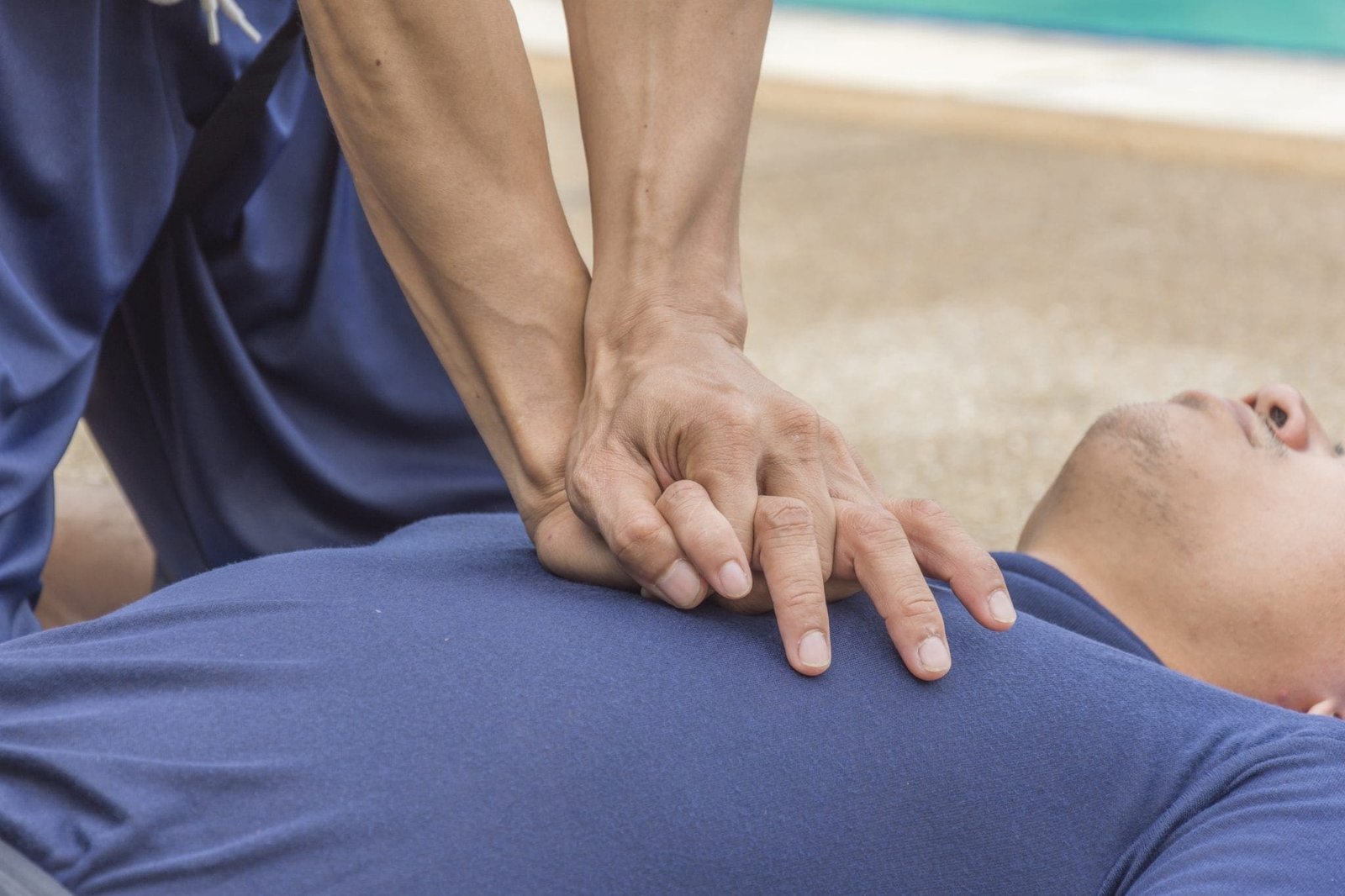Cardiopulmonary Resuscitation (CPR) Guide
⏱️ Introduction
CPR is an emergency lifesaving procedure involving chest compressions and rescue breaths to supply oxygen and blood to the brain and heart when they stop functioning .
🚨 When to Perform CPR?
- When the heart or breathing stops (collapse)
- The victim is unresponsive and not breathing or only gasping .
🧬 CPR Steps by Age Group:
1. Check Safety & Responsiveness
- Ensure the scene is safe.
- Tap and shout, “Are you OK?” .
2. Call Emergency Services Immediately
- If no response, dial emergency or ask someone to do it, and fetch an AED if possible .
3. Start Chest Compressions
- Adults & Adolescents (>8y):
- Place hands interlocked on center chest (below nipples).
- Press hard (~5 cm deep) at 100–120 compressions per minute .
- Children (1–8y):
- Use one hand if needed, same depth .
- Infants (<1y):
- Use two fingers or thumbs, compress ~4 cm (⅓ chest depth) .
- Hands‑Only CPR: Bystanders can skip rescue breaths and just do compressions .
4. Rescue Breaths
- Open airway (tilt head, lift chin).
- Give 2 breaths (~1 sec each) and watch the chest rise.
- Only trained individuals should combine breaths with compressions .
🔁 Continue Cycles
Repeat 30 compressions + 2 breaths until:
- The victim regains breathing,
- AED arrives,
- Help arrives,
- You are exhausted.
📝 Key Tips:
- Ensure proper depth & rate and allow full chest recoil.
- Lock elbows, lean over victim.
- If unsure or unable to breathe, perform Hands‑Only CPR.
✅ Conclusion:
- CPR saves lives by doubling or tripling survival odds after cardiac arrest.
- Effective CPR requires speed, proper technique, and regular training.
- Get certified with AHA or Red Cross courses for confidence.

